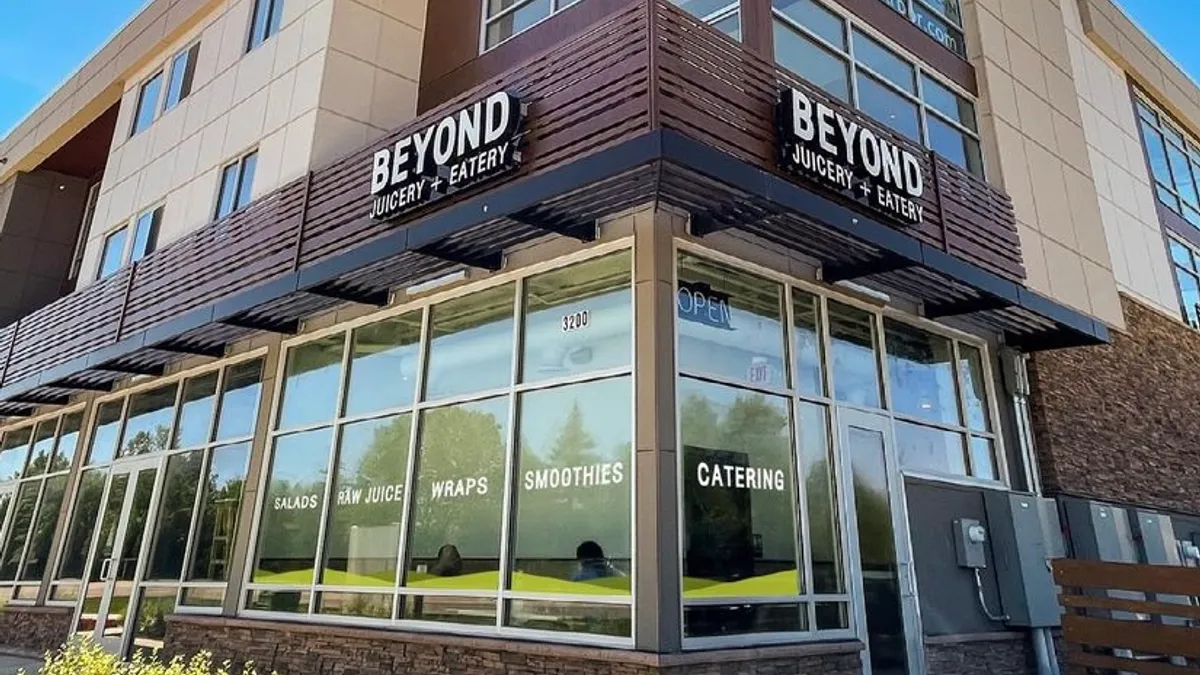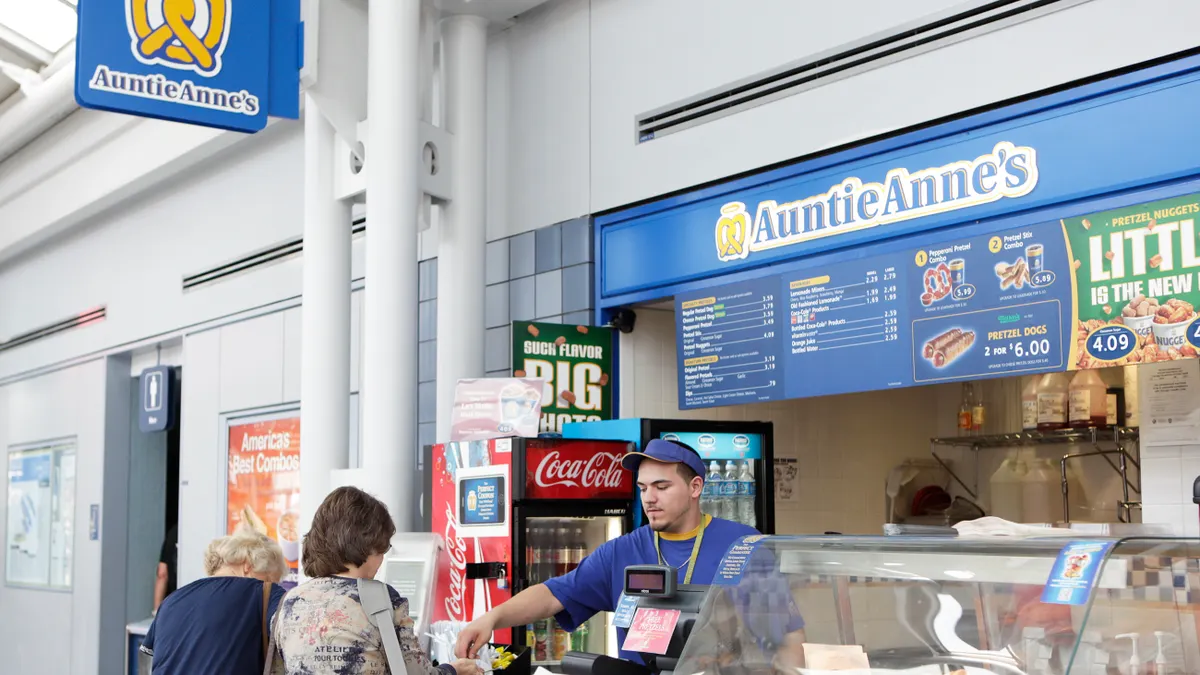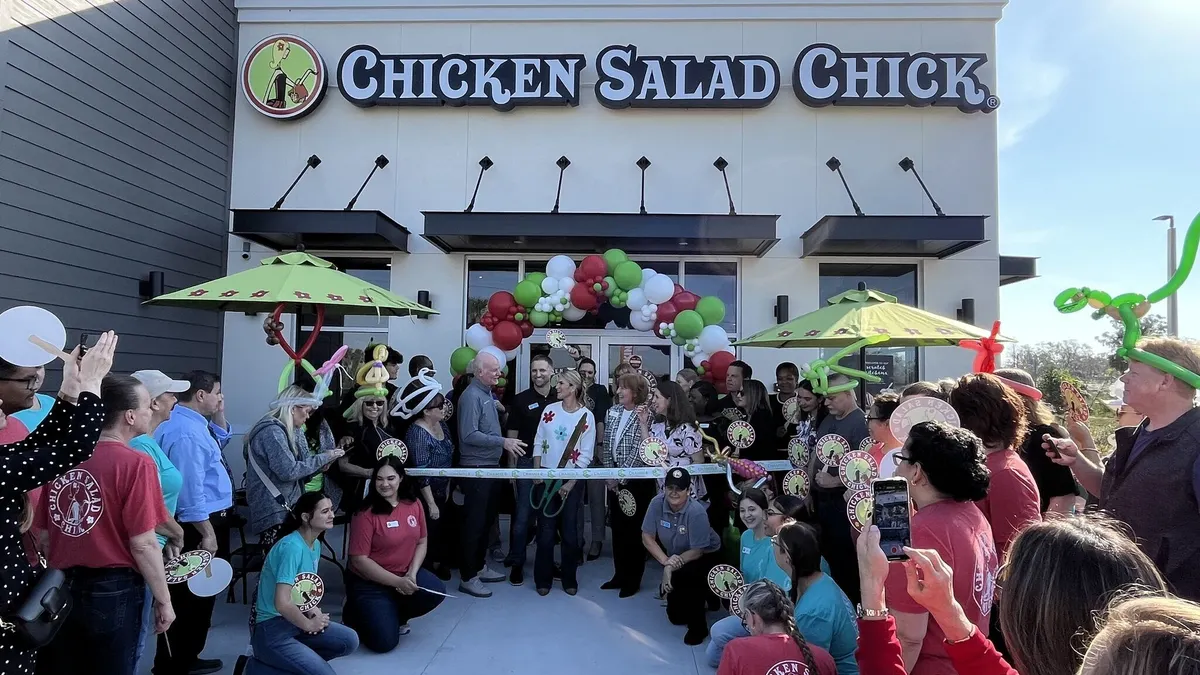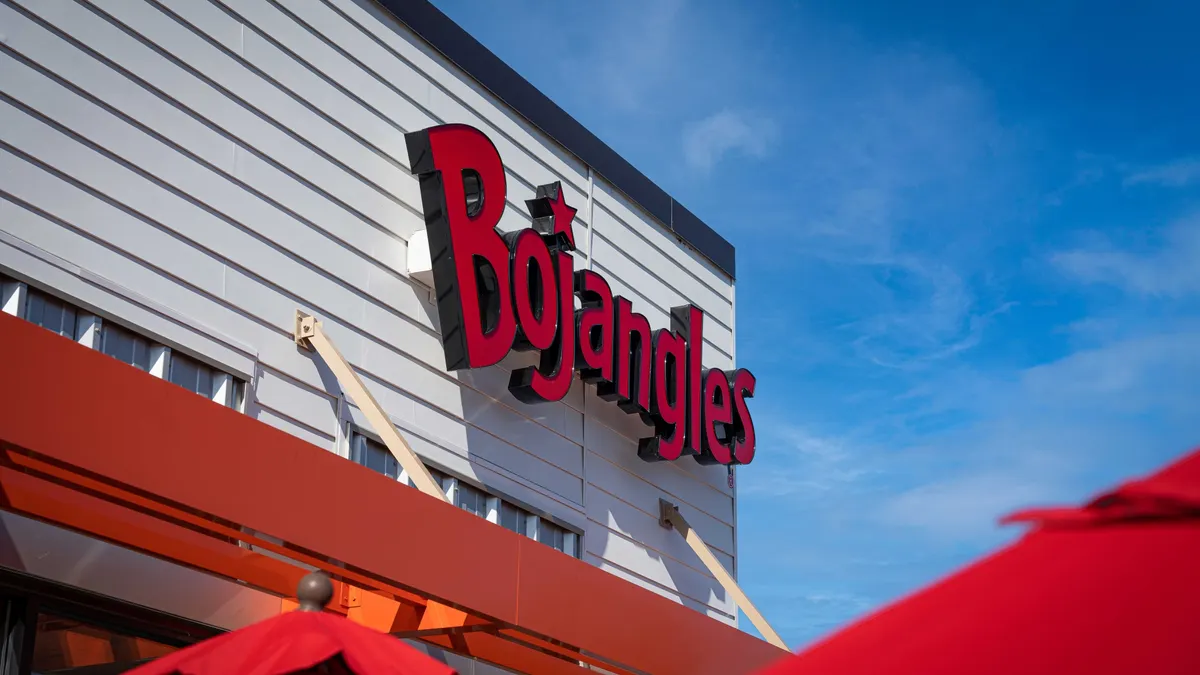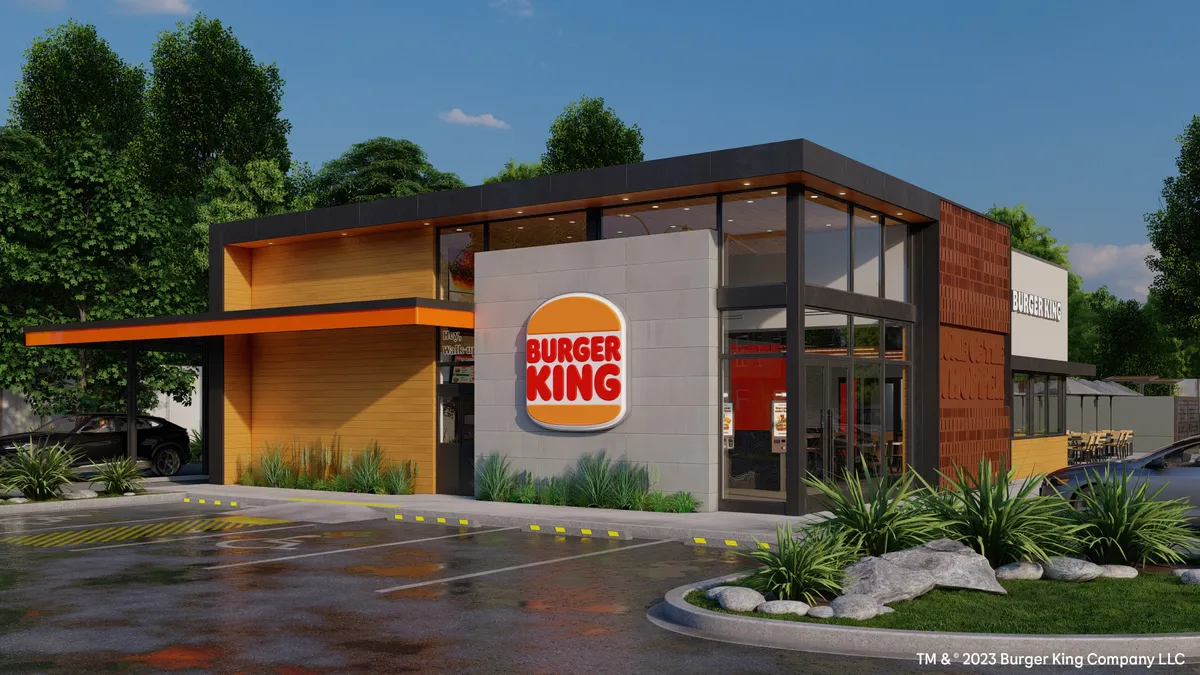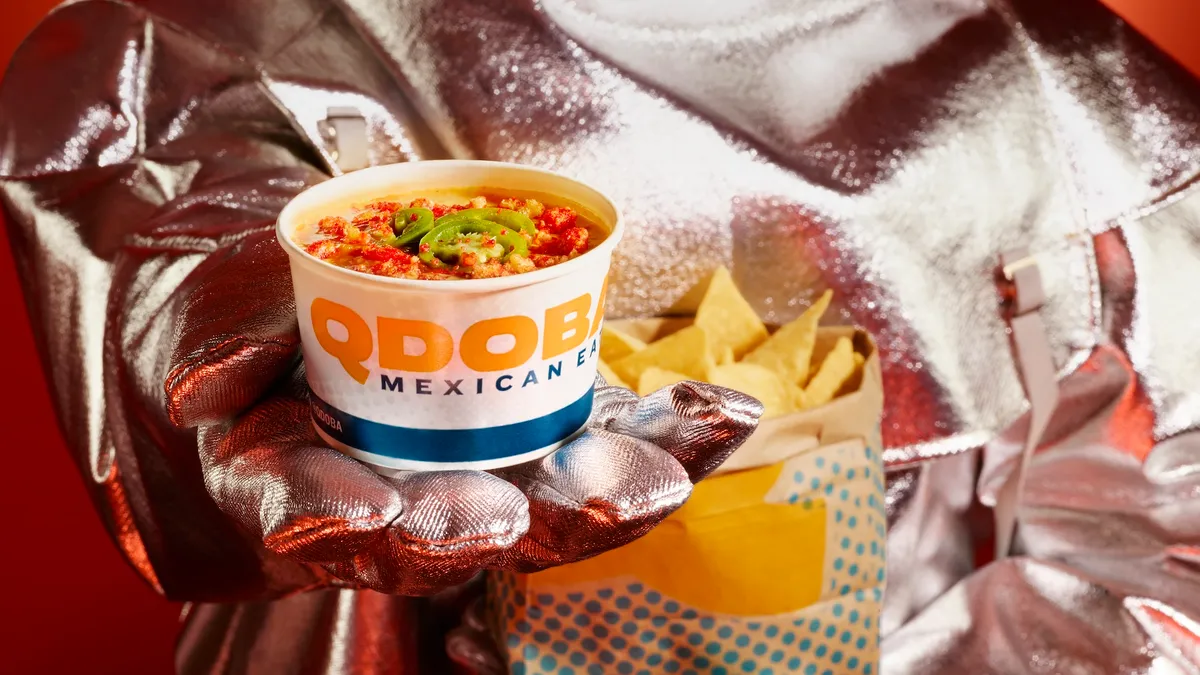Editor’s note: This is the second in a three part series on juice chains. The first highlights chains’ aggressive growth plans.
In 2022, Beyond Juicery + Eatery noticed a problem. Rising food and labor costs were tightening franchisee margins, and price increases could only boost profitability so much. So the chain, which has 40 units, took a step back from rapid growth in 2022 to better assess its system. It is still looking to add units, but in a more strategic, profitable way, William Parsons, integrator at Beyond Juicery, said.
“Many brands took many price increases. We just took a couple, but we didn’t want to take so many price increases that we priced ourselves out of the market,” Parsons said. “We also didn’t want to take a price increase where frequency would be shifted. At some point your consumers are going to tell you when enough is enough, and we didn’t want to be affected by that mentality.”
The company spent months analyzing food costs and the cost of goods to see how it could get products that were more affordable. Corporate looked at every item to see what could be cross-utilized to not only drive frequency, but also find opportunities for bigger price breaks by buying in bulk, Parsons said.
Beyond Juicery isn’t alone in rethinking unit-level economics. Main Squeeze Juice Co. underwent an extensive analysis over the past year of its real estate, construction and development process to find ways to save costs and reduce time leading up to opening. Clean Juice shifted to bottled drinks in 2022 to reduce time and labor in its stores.
A trend toward off-premise orders is impacting Joe & The Juice’s development plans. Kasper Garnell, Joe & the Juice’s global brand director, said third-party delivery orders continue to rise at the chain in the U.S. and globally. Joe & The Juice may need to include a separate entrance for couriers so there aren’t stores filled with delivery drivers waiting on orders. He also anticipates the brand to open more ghost kitchens, or delivery pickup stores, in the future. Currently, the chain only has one ghost kitchen in Paris, Garnell said.
In five to 10 years, Garnell expects Joe & The Juice to have more of an immersive experience that could include larger stores. These stores could offer sit-down menus and even a bar to encourage guests to linger.
“I feel like the in-store experience is unlike any of our competitors, and we need to double-down on that and really create something different that people want to come to,” Garnell said.
Boosting franchisee profitability
Starting July 2022, Beyond Juicery closely analyzed the financials of every franchisee monthly. Parsons, the operations team, the training team and the owners would then evaluate everyone’s profits and losses side by side to identify food, labor and other cost trends. If there was a store that was doing well, corporate paired it with a store that wasn’t doing well so they could share best practices. This allowed franchisees to share their on-the-ground stories and financials, which corporate isn’t allowed to share, and other details about operations to help each other.
“In order to continue to grow at a rapid rate, we need to make sure that our franchisees remain profitable,” Parsons said.
This mindset will be important as the brand aims to reach 300 to 500 or more units in the next five to 10 years.
“We have a vision of growing into a mega brand,” Parsons said.
Main Squeeze partnered with consultants to look at all aspects of its development process, from real estate to design and construction, to figure out steps can be completed more quickly and economically for its franchisees, Main Squeeze CEO Thomas Nieto said. The process began in August 2022 and ended in July 2023. The company looked at every single material and component used in a build to figure out what could be substituted to reduce time, material and labor costs.
The chain initially used this process with a non-traditional location that opened during the summer. The location was built for about half of Main Squeeze’s typical construction costs, which typically range from $200,000 to $300,000. The company also rebid on a location underway in Jacksonville, Florida, with its new design. The new bid was 20% lower than the old design, Nieto said.
Main Squeeze’s first traditional unit build under this strategy is set to open in Goodyear, Arizona, in March. With the help of real estate partner Red Sea, the franchisee was able to sign a lease within six months of signing a franchise agreement,compared to the typical 12-month timespan.
This location will be smaller at 1,200 square feet compared to a standard build’s 1,500 to 2,000 square feet. The company realized that most customers were coming in, ordering and then leaving, meaning there wasn’t much need for a large lobby area. Main Squeeze also optimized its back-of-house and smoothie area to be more efficient. If the construction sticks to the new 90-day build strategy, this would be the fastest new build at nine months, Nieto said.
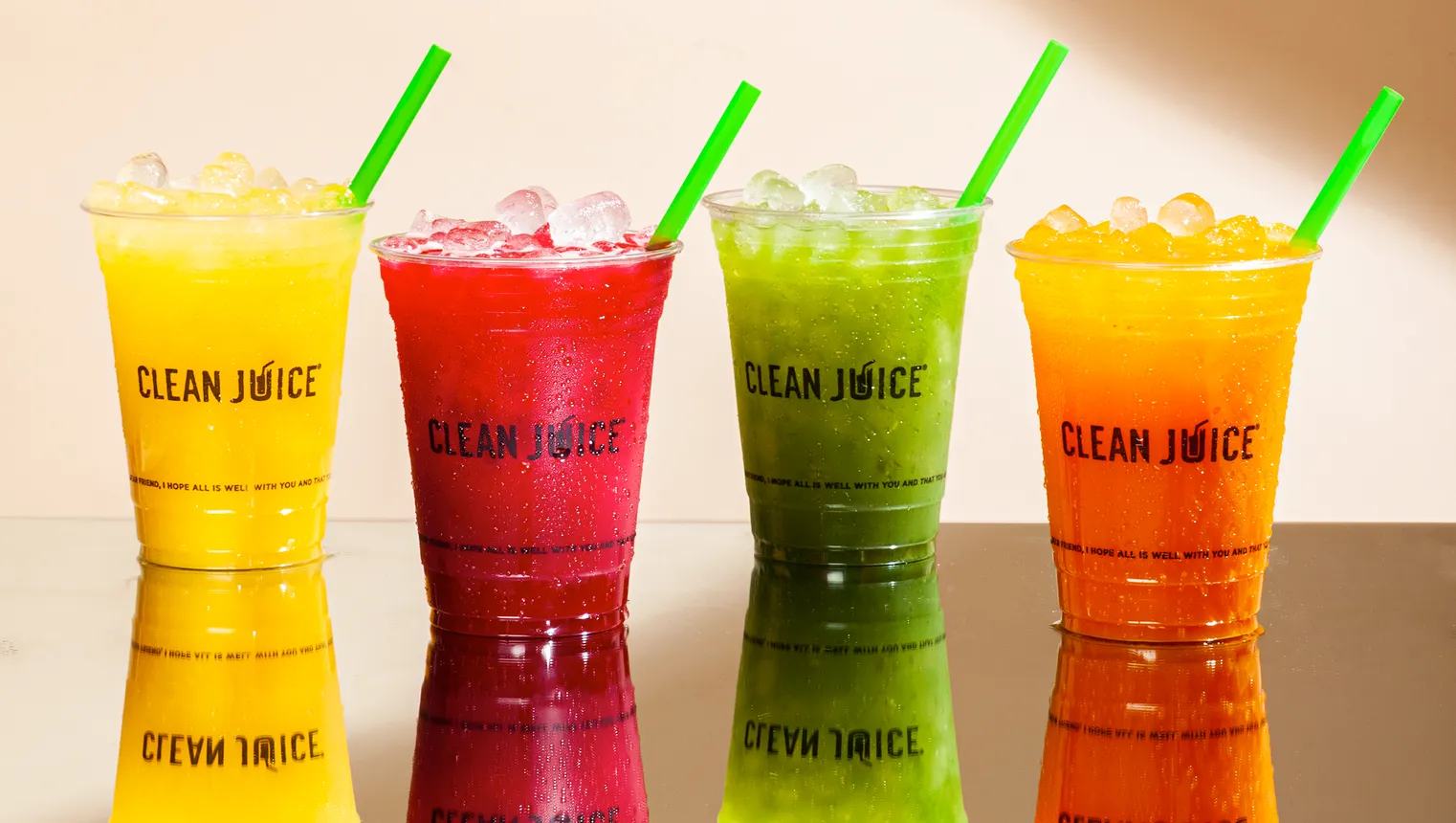
To enable more streamlined operations, Clean Juice switched from having its operators make juice with a cold pressed machine in the back of house because it was labor-intense and time-consuming, CEO and co-founder Landon Eckles said. Instead, its juices now come from a farm in California that cold-presses the produce into juice and ships it to the stores. Operators now just have to order and stock the juices.
This switch hasn’t been well received by some operators, who felt that the change to bottled juices has contributed to ongoing profitability issues. Franchisees said the change led to decreased customer satisfaction, supply chain issues, increased costs and declines in store margins and sales. Some have been going through the legal process to leave Clean Juice’s system, according to The Charlotte Business Journal. Eckles told the publication that profitability issues have more to do with the economic conditions of high wages, gas prices and rising interest rates that led to a decline in sales in mid-2022 and continued into 2023.
Successful franchisees told the publication that operators with poor performance haven’t been working in stores alongside their employees and don’t understand the business as well as they should. These franchisees noted that their stores have been profitable from the start. One operator said she pushed for the change to bottled juices for safety reasons even though it would initially impact sales.
For new Clean Juice franchisee Mendi Bartell, operations started off strong. Her location in Dana Point, California, which opened during the summer, was so popular that there was a line of customers around the building on its opening day, she said. Bartell left her position at Verizon in May 2022 to pursue a dream of opening a Clean Juice. She plans to eventually open five more locations.
“Anybody who’s looking to get into franchising, … don’t get into it and just think you’re going to buy it and let somebody run it for you, because that’s not how things go,” she said. “You’re going to end up flushing your money down the toilet.”
She said operators need to be involved in their stores by meeting with customers and making sure employees are accurately completing orders and cleaning the store.
“It’s not just an investment,” she said. “It’s something you have to work at.”



